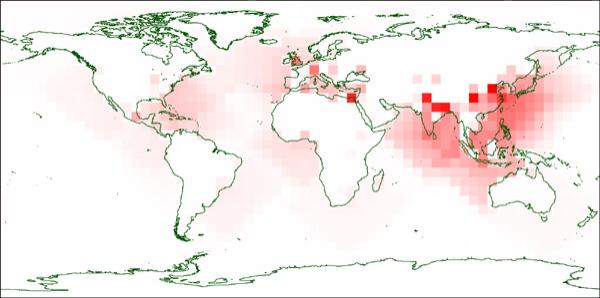Mar 28, 2007
Dr. Vinge: We Must Reduce Launch Costs Now
Posted by Michael Anissimov in category: space
Mathematician and science fiction author Vernor Vinge, who coined the term “Singularity”, is an advocate of the Lifeboat Foundation’s mission: get some people off the Earth and get them self-sustaining as soon as possible, as an insurance policy against existential risk. In his “What if the Singularity does not happen?” talk for the Long Now Foundation in San Francisco, Vinge calls the continuing pursuit of space under current-day launch costs as a “sham”:
Well, launch to LEO still runs $5000 to $10000/kg. As far as I can tell, the new Vision for Space Exploration will maintain these costs. This approach made some sense in 1970, when we were just beginning and when initial surveys of the problems and applications were worth almost any expense. Now, in the early 21st century, these launch costs make talk of humans-in-space a doubly gold-plated sham:
- First, because of the pitiful limitations on delivered payloads, except at prices that are politically impossible (or are deniable promises about future plans).
- Second, because with these launch costs, the payloads must be enormously more reliable and compact than commercial off-the-shelf hardware — and therefore enormously expensive in their own right.
I believe most people have great sympathy and enthusiasm for humans-in-space. They really “get” the big picture. Unfortunately, their sympathy and enthusiasm has been abused.
Continue reading “Dr. Vinge: We Must Reduce Launch Costs Now” »









